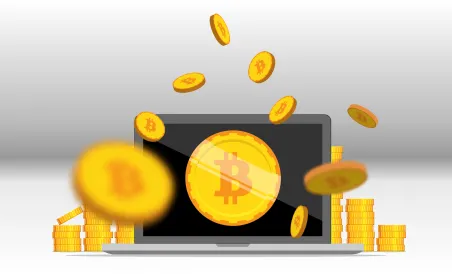A recent New York Times article reported on an early-stage, solar energy microgrid being formed in Brooklyn, called the Brooklyn Microgrid, that relies on blockchain technology, the innovative database technology used by cryptocurrencies like Bitcoin that promises to transform industries as diverse as financial services, health care, retail, and manufacturing. The blockchain-based microgrid enables neighboring residents and businesses to join an electronic trading platform and allows residents with solar rooftop panels to sell their excess electricity directly to neighbors within the microgrid. The use of blockchain technology facilitates secure and verifiable peer-to-peer energy trading, without involving the local electric utility in administering the microgrid.
Blockchain is a type of distributed ledger technology that creates and maintains a complete sale-purchase-delivery transaction history for a commodity, such as currency or, in this case, electricity. With a blockchain distributed ledger, identical, immutable copies of the ledger are available to multiple participants in the network, not just to a single intermediary, such as the local utility. The use of blockchain in an electricity microgrid gives participants the ability to meter surplus electricity production from rooftop solar panels and to document securely the sale and use of that electricity by other members of the connected microgrid. The transaction chain would omit the local utility, which would account for net flows in or out of the collective microgrid, but not for the real-time purchase and sale of surplus solar energy. The ultimate goal for blockchain-based microgrids may be to build a microgrid with energy generation and storage components that can function largely independently of the local electric utility company’s system, even during widespread power failures.
The project is one example of how the marriage of solar energy and blockchain distributed ledger technologies can redefine the relationship between energy producers and energy consumers, promote solar energy, and create alternatives to the traditional centralized power grid. That said, creative, light-handed regulatory solutions may be needed from public service commissions to allow blockchain-based sales and purchases of surplus solar electricity, within a microgrid, to occur without causing each seller to become a regulated retail seller of electricity.





 />i
/>i

